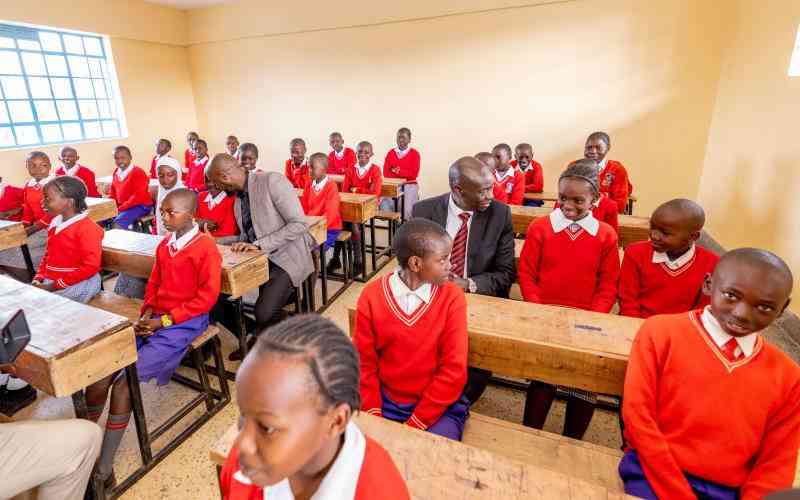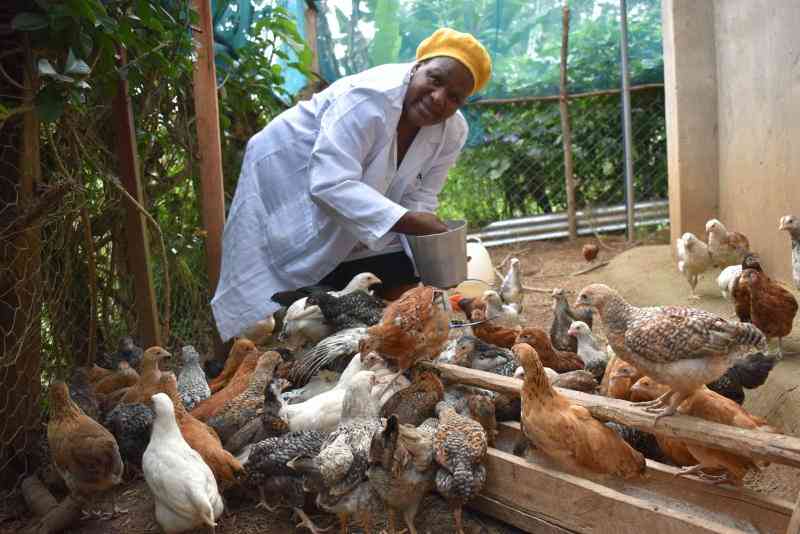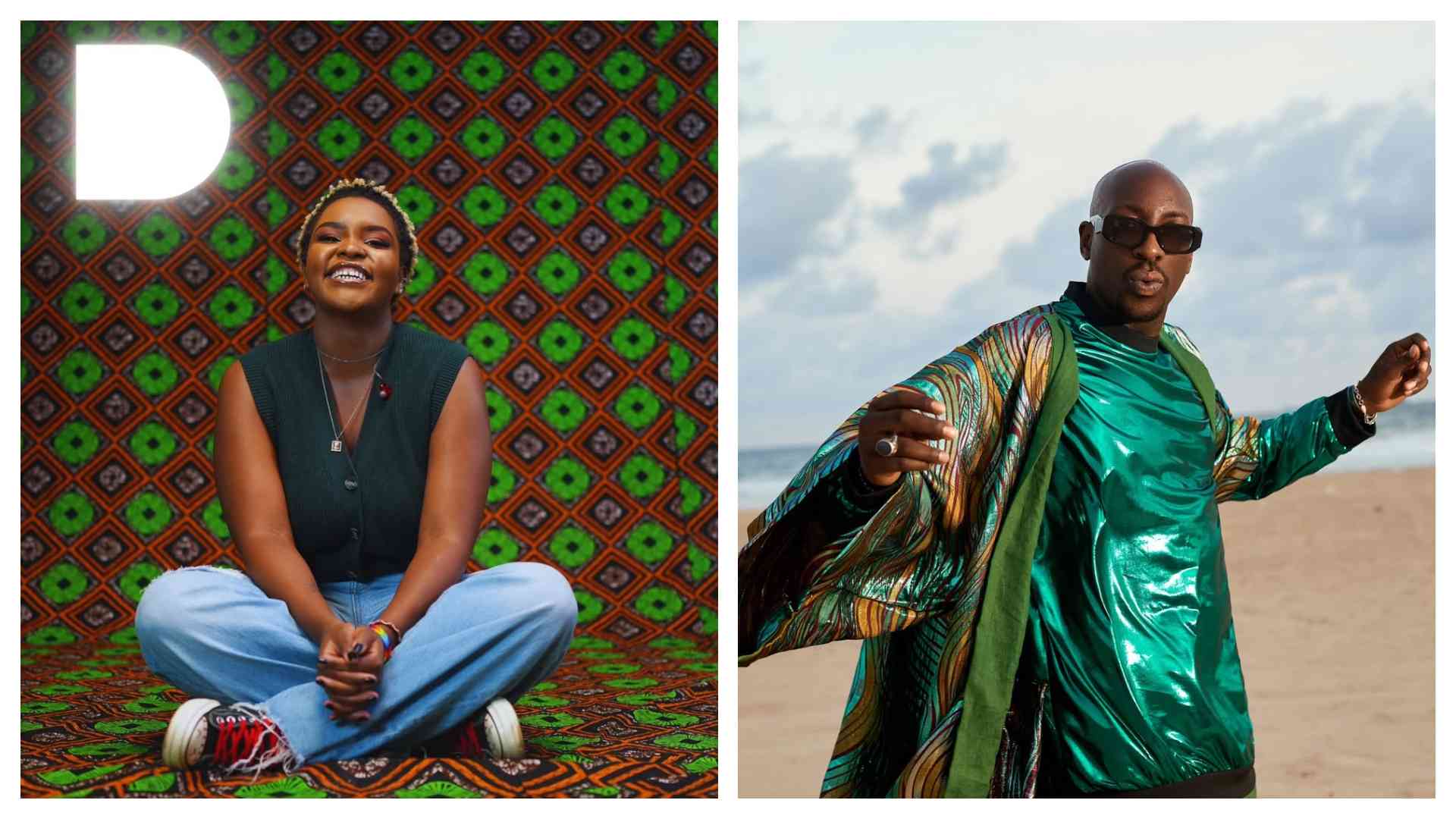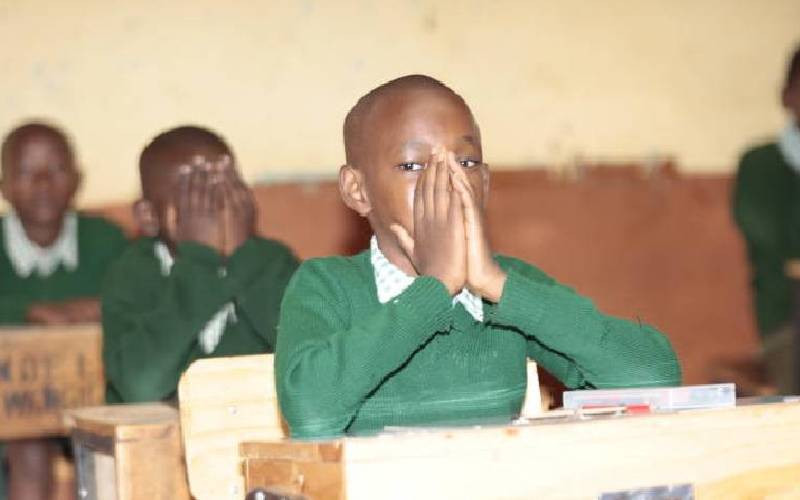It might seem like a sign of sophistication and wellness that shelves in popular supermarkets and shops across our country are loaded with male-centred energy-giving drinks. The highly-caffeinated beverages are marketed with totems and packaging that rhyme with the mighty ‘Niagara’ and the like, in order to portray high energy. The calculated association of these brands with exacting sports such as martial arts, athletics, and football only accentuates the dramatic effect.
But beware! The aggressive advertisement and proliferation of such products is like a good song in a funeral, for it is the unerring indicator of the plummeting self-esteem among males nationally.
The developments are manifestations of disordered masculinity and generally, dissatisfaction with our own bodies. Every other day, stories emerge from the social media of men dying in the so-called ‘line of duty’, having overdosed on some blue pills in search of elusive masculinity.
Welcome to the new gender world order. Like young antelopes in the savannah, Kenyan boys are today being born into a socially hostile and unforgiving environment. Inside the physics classes, they are taught that similar polarities repel. Once outside, they are inundated with subliminal and now increasingly explicit messages extolling the virtues of same-sex unions. And because of issues of political correctness, few of our leaders will raise the red flag that boys in this country are getting increasingly effeminate.
By daring to write this, we also expect some flak from irritable feminists. However, it is a fact that the mainstreaming of the single-parent family has ensured that the Kenyan boy-child is getting socialised through a feminine model. This, coupled with a dearth of male role models and powerful cultural forces, has impacted heavily on the demeanour and mannerisms of the boys. Simultaneously, girls are encouraged to become more masculine, and ‘go for it’.
Any keen observer of the Kenyan society must have noticed an upsurge of long-haired, wimpy and blushing men, alongside the emergence of an independent and domineering class of ‘iron ladies’. A shockingly sexist slogan that ‘what a man can do a woman can do better’ is bandied around quite insensitively.
There is certainly some truth in the claim that for long, girls and women have generally not been given a fair deal from the mainly paternalistic societies. In many cases, they were suppressed and neglected, and it was only natural that some levelling of the playing field and compensation for historical injustices should be made. Many nations took up the clarion call and made much effort to uplift and empower girls and women.
In Kenya, affirmative action, the two-thirds gender rule and the promulgation of a constitution that increasingly favours women are among a raft of attempts made to bring women at par with men. Unfortunately, the ricochet effect overreached the legitimate objectives, in many instances completely disenfranchising of the boy-child in the name of empowering the girl. This claim is validated by several developments.
First, Kazi kwa Vijana, Uwezo Funds, youth funds, academic scholarships and developmental loans have become arguably weaponised in this country as part of the feminist’s arsenal. The consequence of such lopsided pro-women efforts is that boys are now vulnerable in a way that has not been acknowledged before.
Menfolk have always silently grumbled about affirmative action in the education sector, which has required males to score higher in order to gain entry to university. Many feel that the Women’s Fund should have an answer in an equivalent Men’s Fund, which at the moment is only a pipe dream.
Distribution of scholarships in Canada, and which might correctly represent global trends, paints a grim plight for men. Canadascholarships.com analysed 49,000 scholarship offered in the country and found that 84 per cent are tailor-made exclusively for women and four times higher in monetary value than men’s. The consequence of the lopsided pro-women efforts is that boys are now vulnerable in a way that has not been acknowledged before.
Second, our laws, too, have become very unfriendly to men. Among such laws are the Land Act, 2012 (No. 6 of 2012), The Land Registration Act of 2012 (No. 3 of 2012), The National Land Commission Act, 2012, Matrimonial Property Act, 2013, The Trust Land Act (Cap. 288), and the Internally Displaced Persons Bill, 2012.
As a result of the Sexual Offences Act 2006, many of the boys between the age of 12 and 17 are either in prison or borstal homes. Due to the severity of sexual crimes, it is quite appealing to advocates of gender rights that the suspected offenders – who are mainly male - be quickly fixed.
Due to this misplaced zeal to prosecute, the media has recently become awash with stories of victims of sexual offences coming out to confess that they actually framed the offenders, who are now languishing in jail.
Today an exclusive focus on girls’ education and everything else, does not allow us to address the deep-seated structures of gender inequalities and access to justice that are reinforced through education. We should now focus on the marginalised groups across both gender divides, and also focus on the harmful gender norms that tend to disadvantage both girls and boys.
Stay informed. Subscribe to our newsletter
Dr Chacha and Dr Wahome teach at Laikipia University
 The Standard Group Plc is a
multi-media organization with investments in media platforms spanning newspaper
print operations, television, radio broadcasting, digital and online services. The
Standard Group is recognized as a leading multi-media house in Kenya with a key
influence in matters of national and international interest.
The Standard Group Plc is a
multi-media organization with investments in media platforms spanning newspaper
print operations, television, radio broadcasting, digital and online services. The
Standard Group is recognized as a leading multi-media house in Kenya with a key
influence in matters of national and international interest.
 The Standard Group Plc is a
multi-media organization with investments in media platforms spanning newspaper
print operations, television, radio broadcasting, digital and online services. The
Standard Group is recognized as a leading multi-media house in Kenya with a key
influence in matters of national and international interest.
The Standard Group Plc is a
multi-media organization with investments in media platforms spanning newspaper
print operations, television, radio broadcasting, digital and online services. The
Standard Group is recognized as a leading multi-media house in Kenya with a key
influence in matters of national and international interest.









